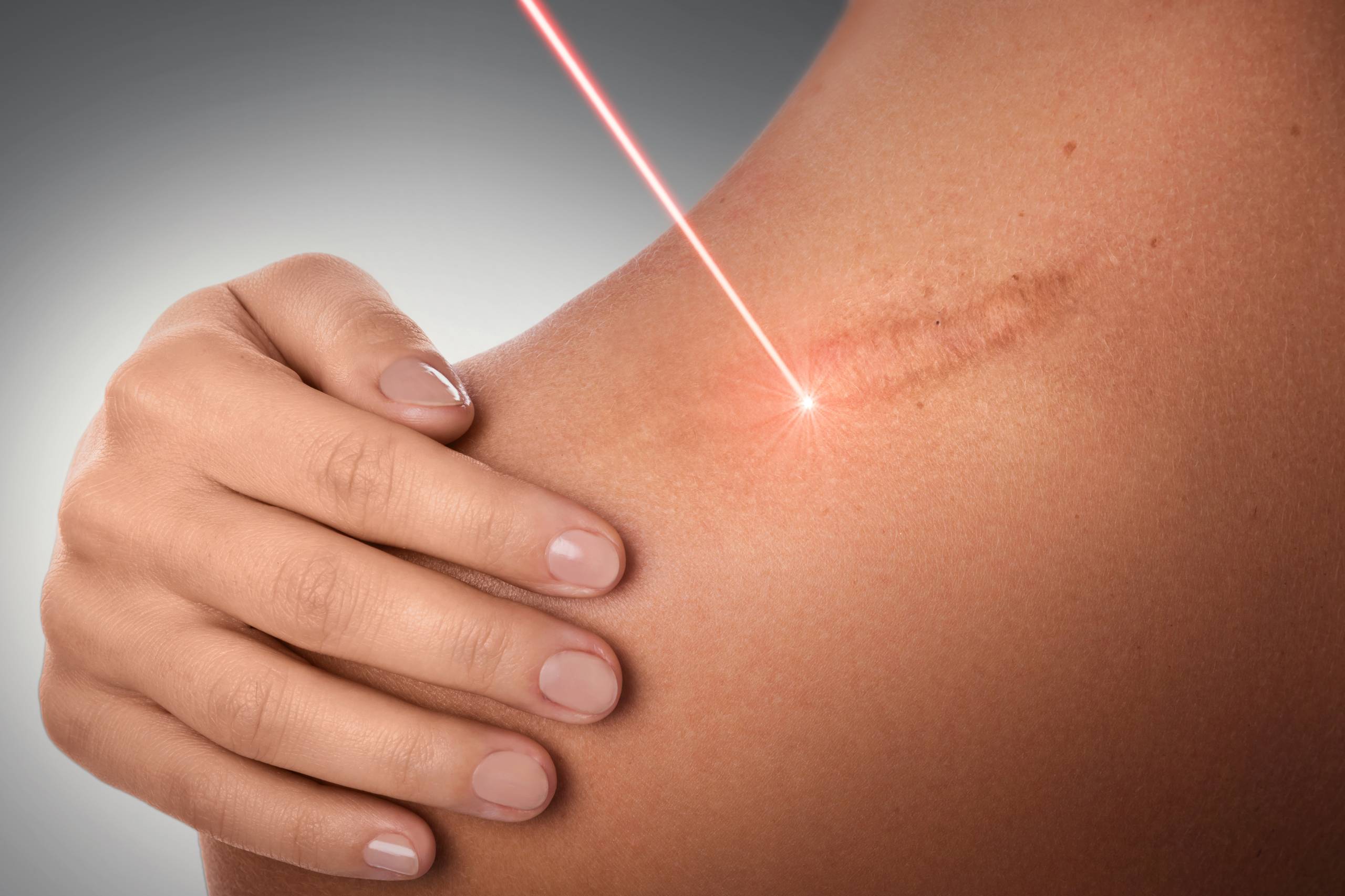Skin is the largest organ in the body, which means it is only normal for you to get skin injuries every once in a while. However, due to skin injuries, one could sustain wounds that later on turn to scars. Scaring is part of the body’s natural healing process after the tissue is damaged. Scars happen when the injury reaches the dermis, which is the second layer of the skin.
When the skin is wounded, the tissues break, which causes a protein called collagen type 3 to be released. Collagen builds up where the tissue is damaged, helping to heal and toughen the wound.
New collagen continues forming for several months, and the blood supply increases, causing the scar to become raised and lumpy. With time, some collagen breaks down at the site of the wound, and the blood supply starts reducing. The scar then gradually becomes smoother and softer.
Although scars are permanent, they can fade over a period of up to 2 years. Unfortunately, after two years, it’s unlikely they will disappear anymore.
Factors that Affect Scar Development
There are several various factors that affect the way scars end up looking after healing. Here are some of the most critical factors that affect scar development:
- Age: Older skin might take more time to heal and has more chance to form a permanent scar than younger skin.
- Site of injury: Some parts of the body are harder to heal wounds than other parts.
- Type of injury: Cuts, scrapes, and burns are the most common type of injuries to cause scarring.
- Depth of injury: Wounds that are more than 0.25 in. (6.5 mm) deep, that have jagged edges, or that gape open is most likely to leave a scar.
- Gender: Wounds in females heal faster and nicer than wounds in males.
- Skin color: When a scar develops on lighter skin, it’s usually pink or red. Over time, the pinkish color fades, and the scar becomes slightly darker or lighter than the skin color. In people with dark skin, scars often appear as dark spots.
- Management and wound care: If you take good care of your wound and apply the proper medication, your scar will heal nicely.
Scars We Treat at Our Clinic
The most common types of scars that are available at Dr. Maha Marji’s clinic are:
- Acne scars.
- Burn scars.
- Surgical scars.
- Keloid or hypertrophic scars.
Methods of Treatment
Each type of scar needs a different method, or combination of techniques, to treat them. The methods used chiefly depend on how fresh or old the scar is. New scars are treated differently from older scars.
New Scars (less than 6 months)
Here are the methods of treatment used for new scars that are younger than 6 months:
- Creams that promote healing.
- Creams that contain silicone.
- Silicone gels or sheets.
- Steroid injections for scars that stick out.
Old Scars (More than 6 months)
Here are the different types of methods used to treat scars that are older than 6 months:
- Intralesional steroid injection for hypertrophic of keloids scars that have thickness and firmness.
- Cryotherapy.
- Proyellow laser, which is a vascular laser to decrease erythema.
- Micro-needling methods such as derma pen or radiofrequency.
- Fractional CO2 or erbium: YAG laser for resurfacing, improving texture, and appearance.
- Dermal fillers to correct the volume of the scar.
- Dermabrasion.
- Subcision.
What Results You Should Expect
Scars usually improve within the first two years of wound healing. After two years have passed, it is unlikely that scars will fade any more or get any better. The thing about scars is that they never fade away completely.
Treating scars is a long journey that takes time, effort, commitment, and a lot of patience. In many cases, the dermatologist might need a combination of different modalities of treatment to reach a satisfying result.
One important thing to mention is that there is a risk of developing skin cancer in scars, especially with extensive and deep burn scars. Therefore, regular follow-up and examination by a dermatologist are essential for early detection and management.


